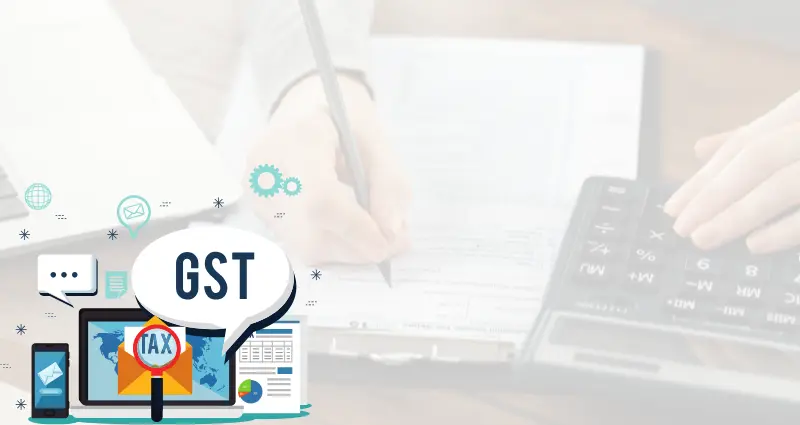Dear Team,
I’m interested in a demo of TaxInvoicePro to explore how it can streamline my business operations. Please share the details and schedule.
Looking forward to your response.
Thank you.

A GST tax invoice in India is a critical document required for the supply of goods and services under the Goods and Services Tax (GST) regime. It not only serves as proof of transaction but also allows the recipient to claim input tax credit (ITC). Whether you're a small business, freelancer, or enterprise, understanding how to issue a compliant GST invoice is essential to stay on the right side of tax regulations.
In this blog, we’ll explain what a GST tax invoice is, outline the requirements in India, and guide you through the process of issuing one under the latest rules.
What Is a GST Tax Invoice?
A GST tax invoice is a document issued by a registered supplier to the recipient when goods or services are sold. It contains all relevant transaction details such as the supplier and buyer’s GSTIN, item descriptions, quantity, value, and tax amounts.
So, what is a GST tax invoice exactly? It’s an official bill that enables both the seller to report GST and the buyer to claim input tax credit. It’s legally required for every taxable supply under the GST system in India.
GST Invoice Requirements in India
The GST invoice requirements in India are clearly defined by the Central Goods and Services Tax (CGST) Rules. A valid GST invoice must include:
The invoice must be issued before or at the time of supply for goods and within 30 days of service completion for services.
Issuing GST Tax Invoices
Issuing GST tax invoices is now easier with digital accounting tools and e-invoicing platforms. Here’s a basic process to follow:
Ensure that the invoice is generated in the format prescribed by GST authorities to maintain compliance and support ITC claims.
GST Tax Invoice Under New Rules
The GST tax invoice under new rules now also involves integration with the e-invoicing system for businesses with turnover above the specified threshold. This means the invoice must be uploaded to the Invoice Registration Portal (IRP) to get a valid Invoice Reference Number (IRN) and QR code.
This step is mandatory for eligible businesses and ensures real-time invoice validation. It helps eliminate fake invoicing, automate tax return filing, and streamline compliance.
Conclusion
Issuing a proper GST tax invoice in India is essential for tax compliance and maintaining accurate business records. From understanding what a GST tax invoice includes to meeting the latest GST invoice requirements in India, every business must ensure its invoices are accurate and compliant. Whether you’re adapting to GST tax invoice under new rules or simply improving your process for issuing GST tax invoices, using the right tools and following guidelines will save time and prevent penalties. Stay informed, stay compliant.